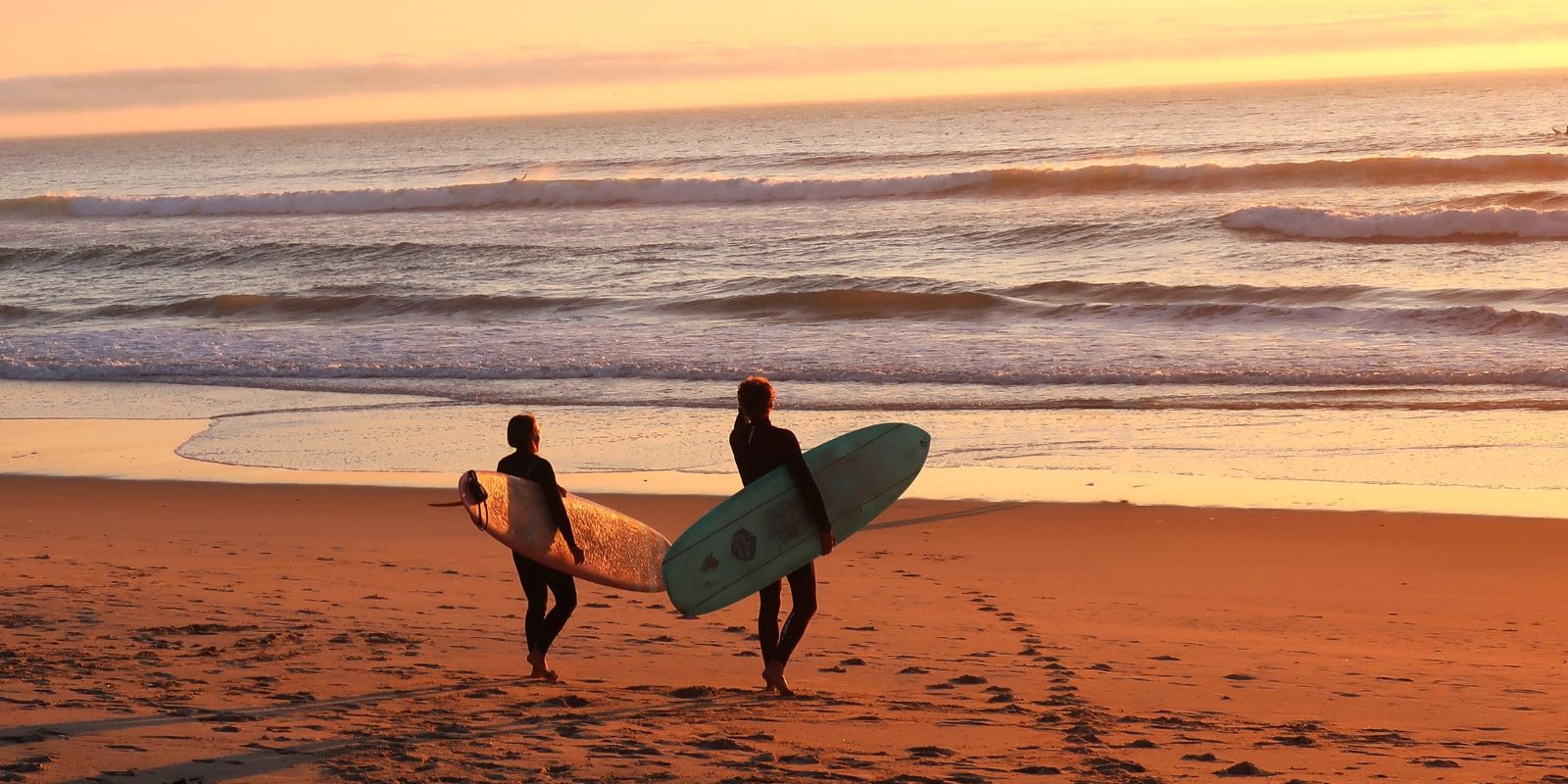Wander into White Town, and time softens. Pastel walls, shuttered windows, and languid breezes carry a rhythm that hushes the mind. Each corner feels like a sigh from another era, a place where seekers stroll with nowhere to be, listening for whispers between the stones.
Why This Experience Matters
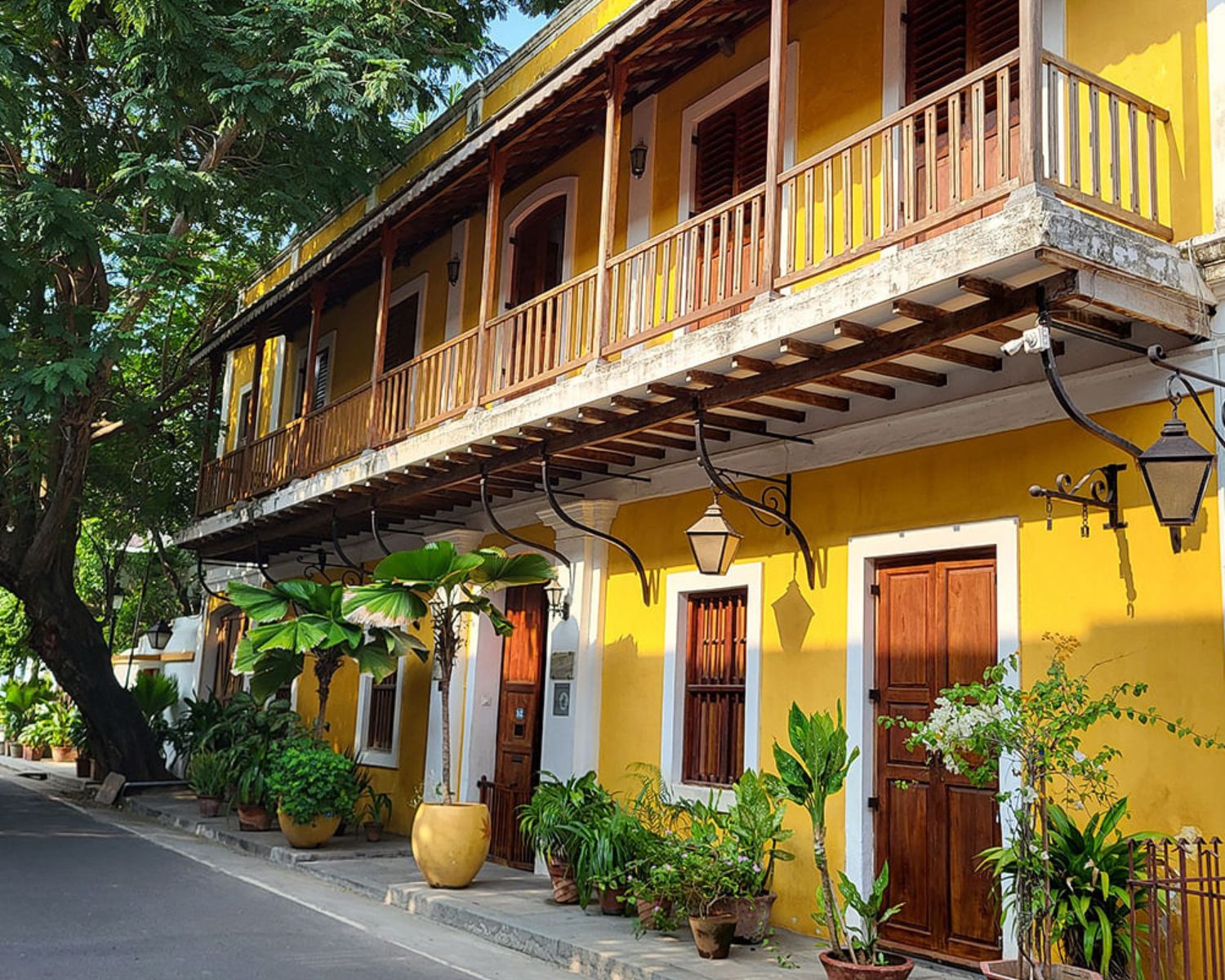
- There’s a quiet poignancy in the way sunlight leans against yellow facades and tamarind trees sway without urgency.
- For the seeker, White Town stirs an awareness of balance between movement and pause, between presence and memory.
- The stillness here is not silence, but a melody of slow living, of belonging without possessing.
A Living Legacy
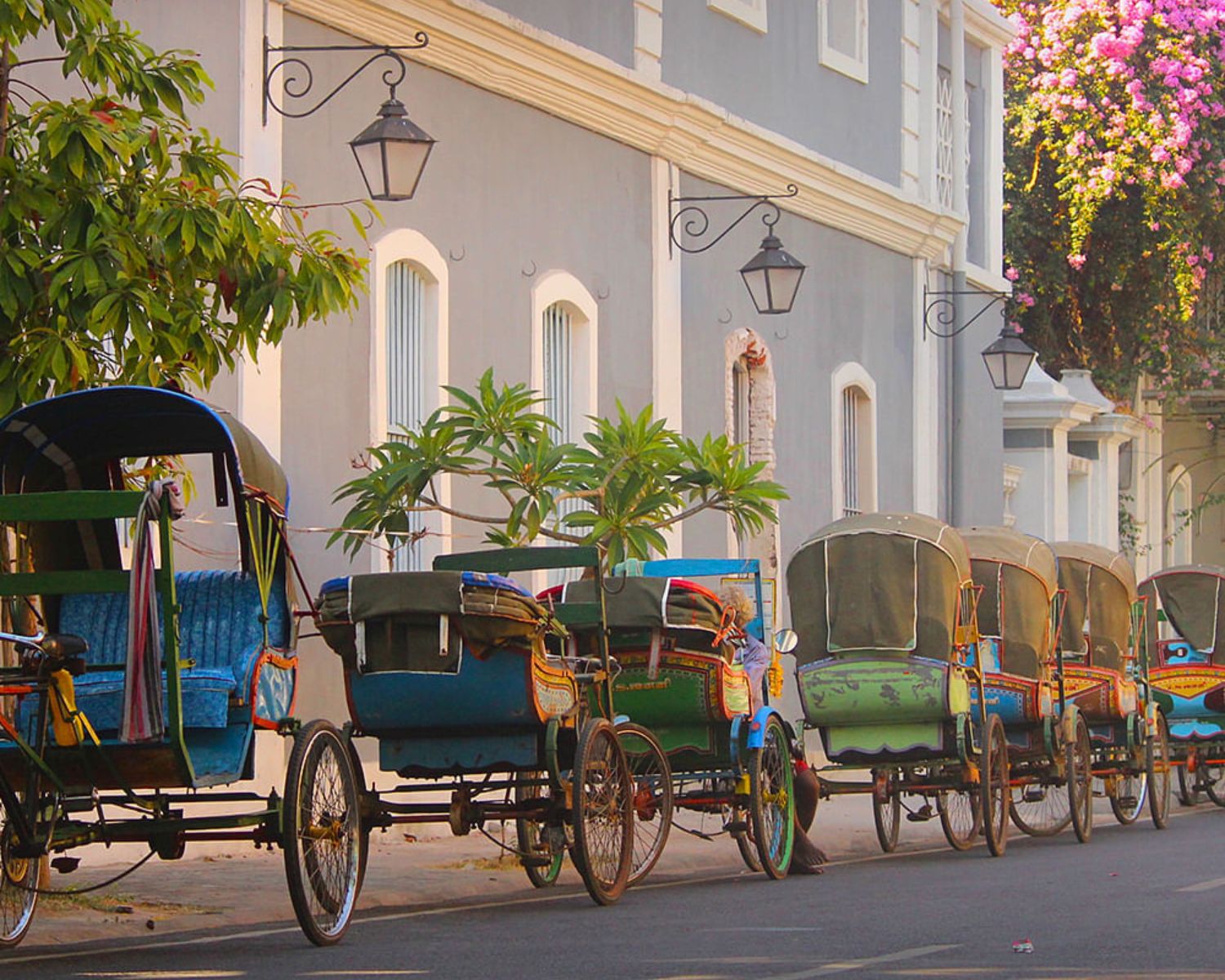
The French Quarter affectionately called White Town was established in the late 17th century by French colonists seeking to create a slice of Europe along the Coromandel Coast. Governor Dupleix’s dream wove itself into cobblestone lanes, mustard walls, and Mediterranean courtyards. Over centuries, Pondicherry’s French soul merged with Tamil heartbeats, crafting a cultural tapestry that remains gently alive today.
Traditions That Still Flow
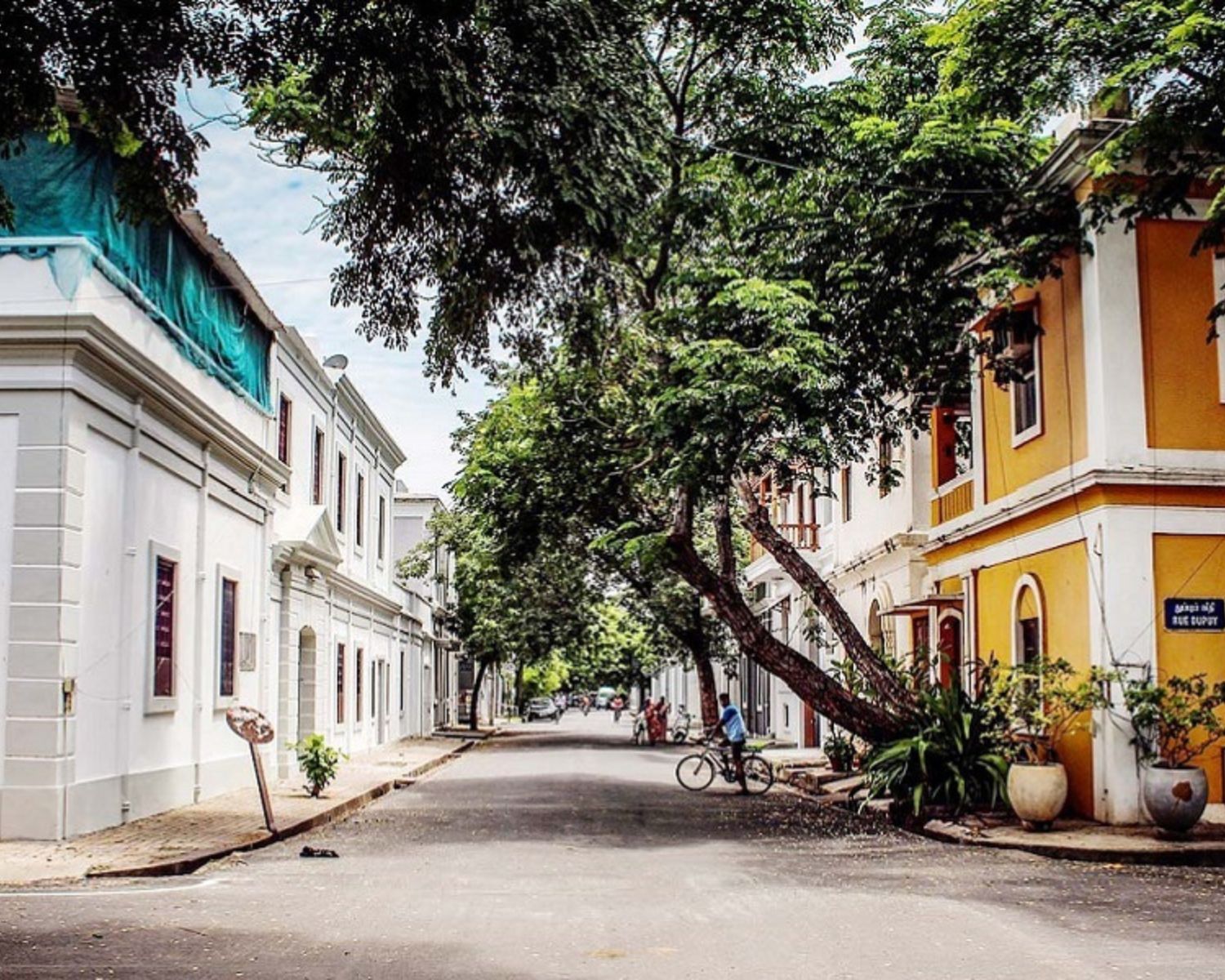
White Town doesn’t cling to tradition it breathes it. Morning prayers drift from hidden chapels, while fragrant offerings are laid at tiny street-corner shrines. The French Institute and Alliance Française uphold a quiet cultural pulse, through art exhibits, literary circles, and language that bridges worlds.
What to Expect During Your Visit
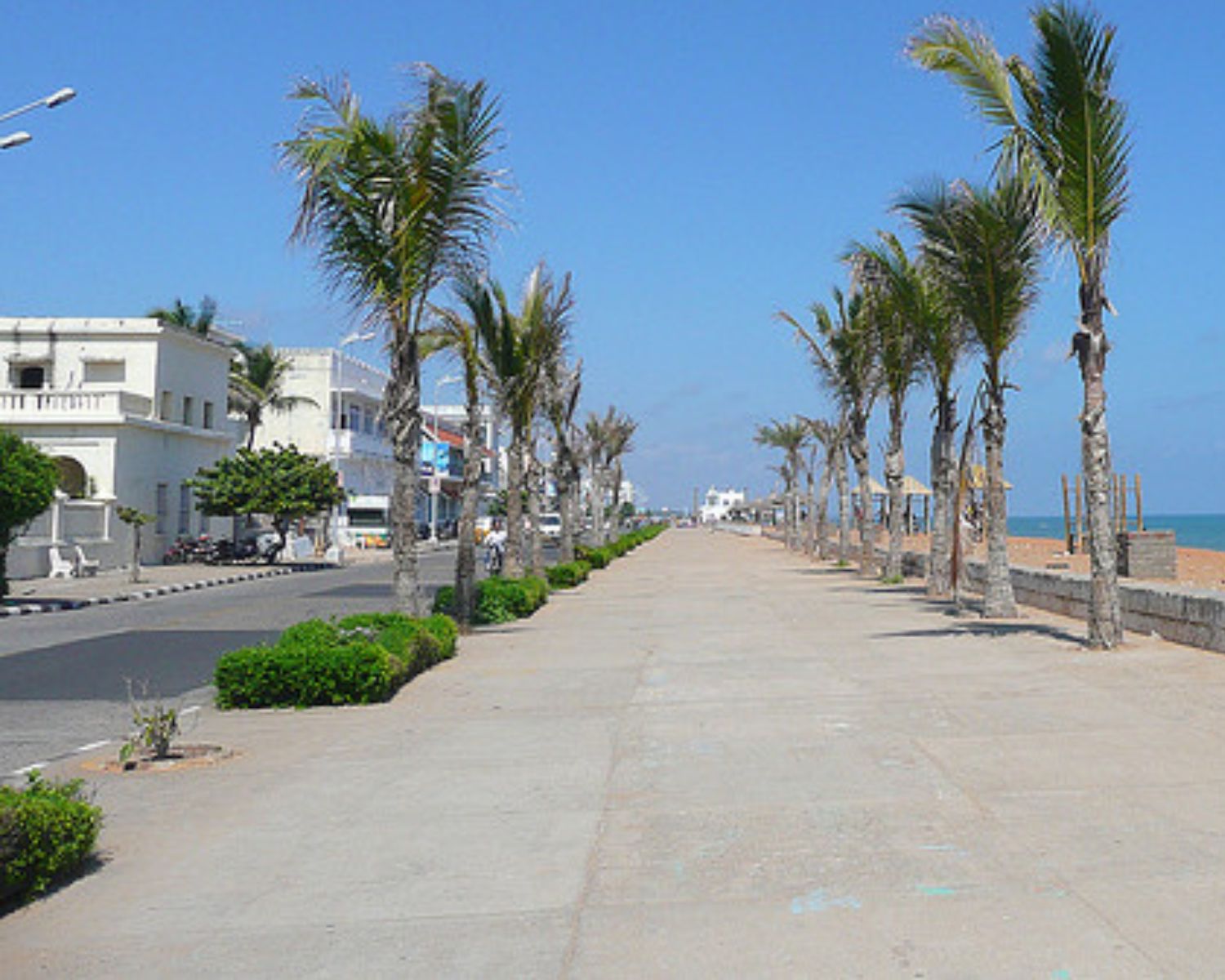
- Let White Town unfold slowly two to three hours of wandering, pausing, savoring.
- Begin near the seaside Promenade, weave into leafy Rue Dumas or Rue Romain Rolland.
- Best hours: Early morning (7–9 am) for golden light and hushed streets, or late afternoon for gentle breezes and open cafés.
- The perfume of baking bread mingling with salt air.
- The tactile chill of old stone walls beneath your fingertips.
- Crimson bougainvillea cascading like soft laughter from crumbling balconies.
- The echo of your own footsteps, unhurried and free.
Practical Guidance
- Best time to visit: November to March, when the weather is cool and luminous.
- Getting there: Local rickshaws, bicycles, and on foot are best for exploring White Town’s intimate scale.
- Accessibility: Flat pathways; easy walking. Some cafés and boutiques are wheelchair accessible.
- Tickets or guides: No tickets needed. Cultural walking tours available through local groups.
Travel Tips & Etiquette
Guidelines
- Entry timings: Public streets open all day; churches typically 7 am-6 pm.
- Ticket price: Free wandering; occasional museum/cultural space entry ₹20-₹50.
- Restrooms: Available in cafés and cultural centers.
- Light & sound shows: None, but check for seasonal local events.
Restrictions
- Step softly; many homes are active residences.
- Wear modest, breathable clothing.
- Always ask permission before photographing people or private spaces.
- Respect quiet zones in churches and spiritual centers.

